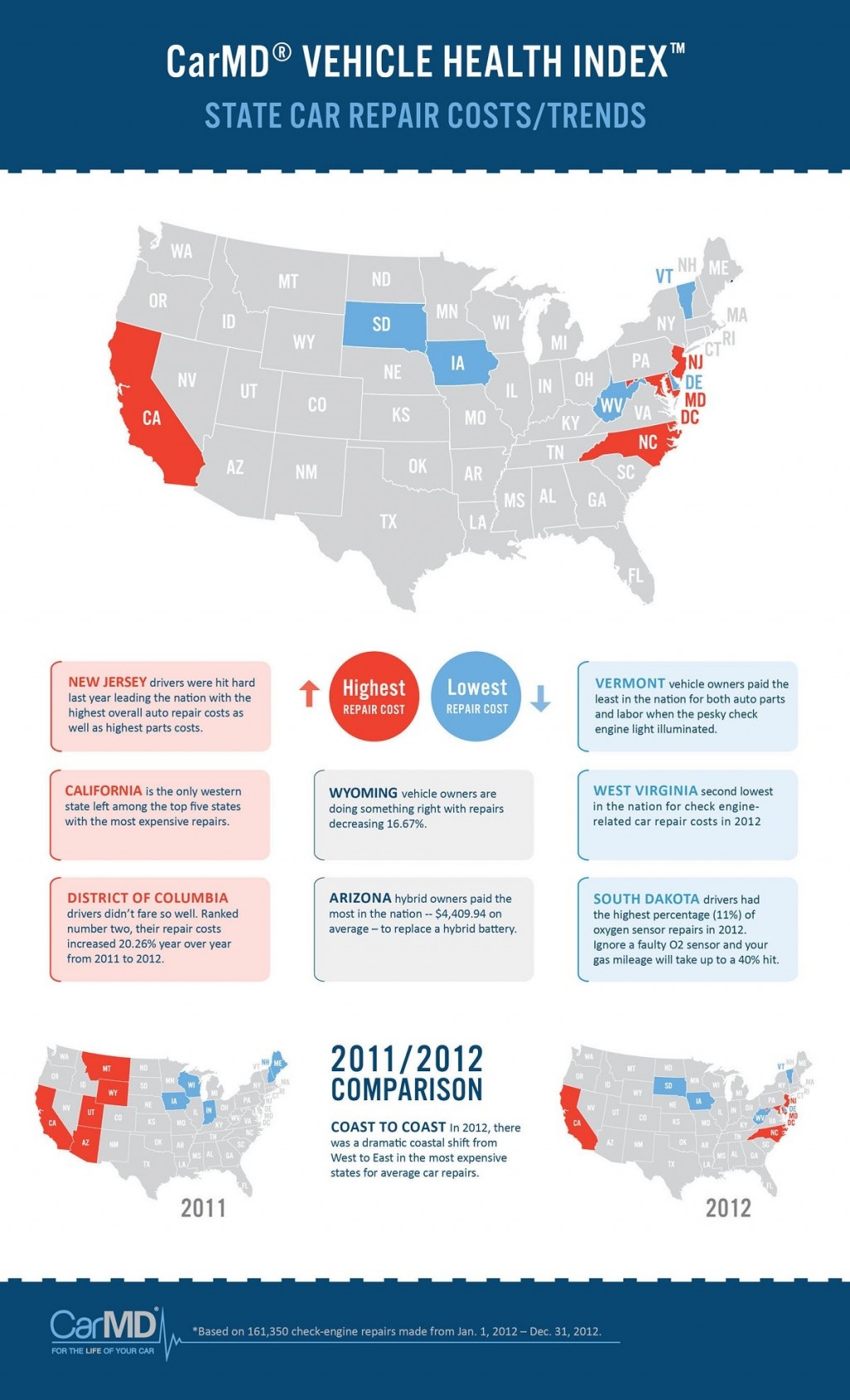Comprehending The Meaning Behind Your Automobile'S Warning Lights: A Thorough Appearance
Comprehending The Meaning Behind Your Automobile'S Warning Lights: A Thorough Appearance
Blog Article
Posted By-Termansen Shepherd
When you lag the wheel, those radiant caution lights on your dashboard can be a little bit puzzling. Do you know what they're trying to tell you regarding your automobile's health? Recognizing the value of these lights is vital for your safety and security and the durability of your vehicle. So, the following time among those lights appears, wouldn't you want to decipher its message properly and take the required actions to address it?
Common Caution Lights and Interpretations
Identify usual warning lights in your automobile and comprehend their meanings to guarantee risk-free driving.
The most typical caution lights consist of the check engine light, which signals issues with the engine or discharges system. If this light begins, it's critical to have your lorry checked quickly.
The oil pressure alerting light suggests reduced oil pressure, requiring immediate focus to avoid engine damages.
A blinking battery light may suggest a defective billing system, potentially leaving you stranded otherwise resolved.
The tire stress monitoring system (TPMS) light notifies you to low tire pressure, impacting car stability and gas effectiveness. Overlooking this could result in risky driving conditions.
The abdominal light indicates an issue with the anti-lock stopping system, jeopardizing your ability to stop promptly in emergency situations.
Lastly, car grooming alerting light warns of engine getting too hot, which can lead to serious damage if not settled swiftly.
Comprehending these common caution lights will certainly assist you resolve problems immediately and keep secure driving problems.
Relevance of Prompt Interest
Comprehending the common warning lights in your automobile is just the very first step; the significance of quickly addressing these warnings can not be emphasized sufficient to guarantee your safety and security when driving.
When a warning light brightens on your control panel, it's your vehicle's means of connecting a prospective issue that requires focus. Ignoring these cautions can bring about more extreme problems in the future, endangering your security and potentially costing you extra in repairs.
Prompt attention to advising lights can avoid break downs and accidents. As an example, a flashing check engine light could indicate a misfire that, if left ignored, can cause damages to the catalytic converter. Resolving this without delay can conserve you from an expensive repair work.
Similarly, a brake system alerting light could indicate reduced brake liquid or used brake pads, critical components for your security when driving.
Do It Yourself Troubleshooting Tips
If you notice a caution light on your control panel, there are a few DIY fixing pointers you can try before seeking specialist aid.
https://www.ratchetandwrench.com/articles/12490-the-shop-management-system-of-the-future is to consult your vehicle's guidebook to understand what the specific caution light shows. Often the issue can be as easy as a loosened gas cap causing the check engine light. Tightening up the gas cap may solve the issue.
One more usual problem is a reduced battery, which can set off various cautioning lights. Examining the battery links for rust and ensuring they're safe and secure could take care of the problem.
If a caution light continues, you can try resetting it by separating the vehicle's battery for a few minutes and then reconnecting it. Furthermore, inspecting interior cleaning , such as oil, coolant, and brake liquid, can help troubleshoot cautioning lights associated with these systems.
Conclusion
Finally, recognizing your automobile's warning lights is crucial for keeping your car running smoothly and safely. By immediately addressing these informs and understanding what they indicate, you can prevent costly repair work and possible breakdowns.
Bear in mind to consult your automobile's manual for particular information on each cautioning light and do something about it as necessary to ensure a trouble-free driving experience.
Keep educated, remain safe when traveling!
